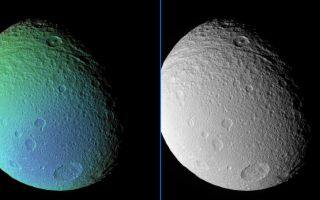
PIA08284: Transition on Tethys
|
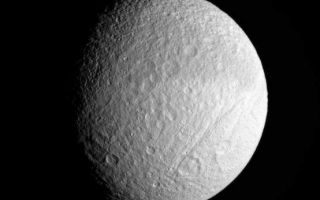
PIA08291: Target: Tethys
|
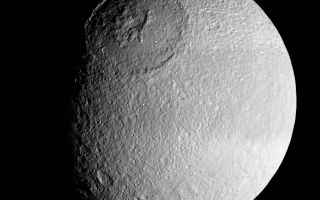
PIA08400: The Crown of Tethys
|
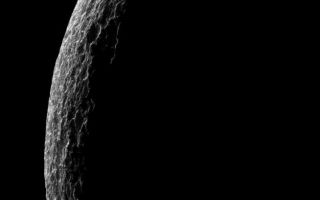
PIA08401: Frosty Scallops
|
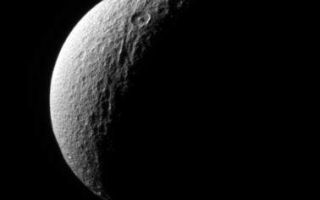
PIA08820: Cratered Crescent
|
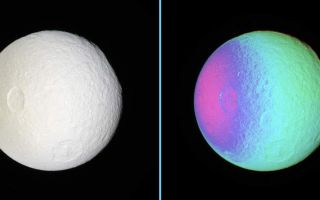
PIA08870: Odysseus on the Edge
|
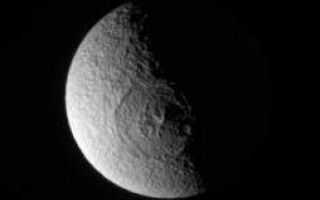
PIA08884: Odysseus Out of Shadow
|
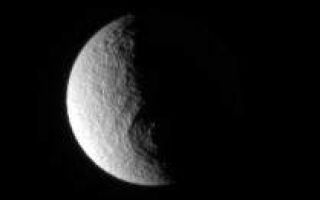
PIA08913: Odysseus Into the Dark
|
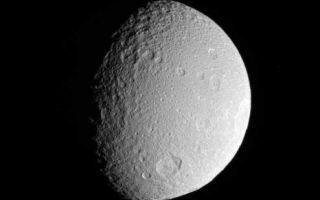
PIA08967: All Craters Great and Small
|

PIA08974: Band Becomes Bright
|
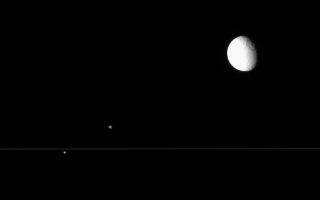
PIA09008: Cassini Scores a Triple
|
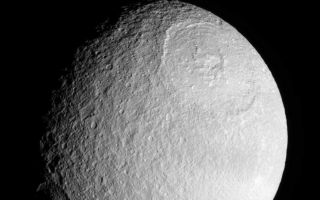
PIA09017: Magnificent Scars
|
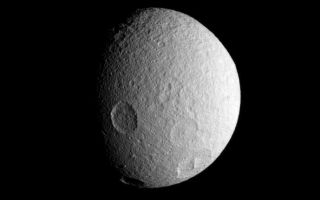
PIA09723: History on Tethys
|
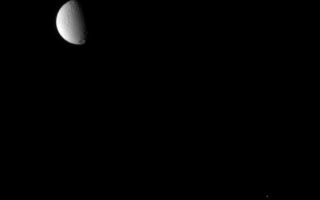
PIA09735: Tethys and Calypso
|
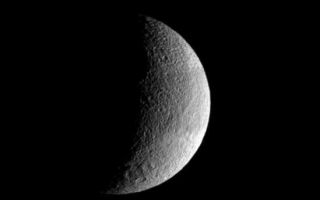
PIA09737: Tethys Crescent
|
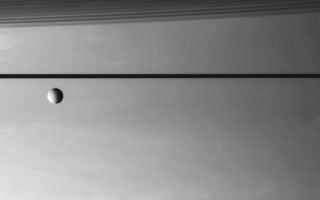
PIA09747: Tethys Aloft
|
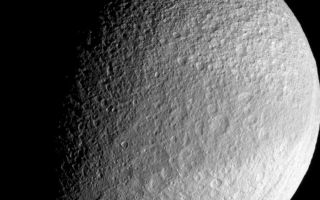
PIA09766: Dark Belt of Tethys
|
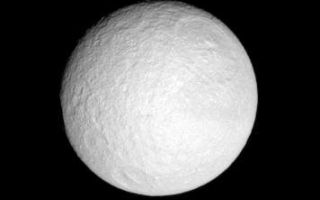
PIA09781: Toward Tethys
|
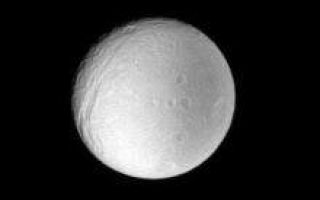
PIA09785: Ultraviolet Revelation
|
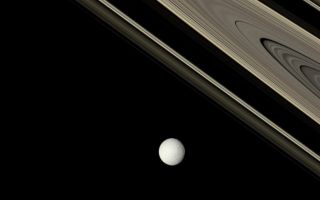
PIA09788: True Colors
|
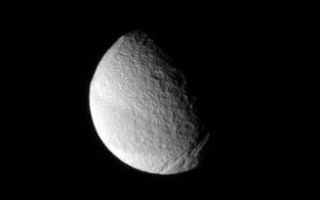
PIA09835: The Triad of Tethys
|
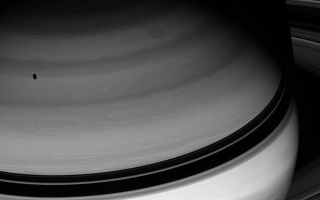
PIA09870: Twilight Realm
|
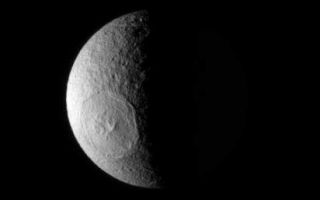
PIA09878: Odysseus in the Light
|
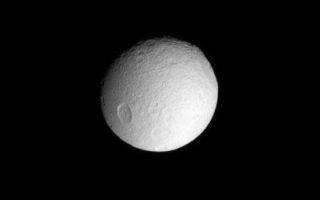
PIA09903: Impact on the Ice
|
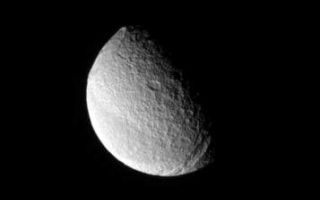
PIA09915: Fortunate View
|
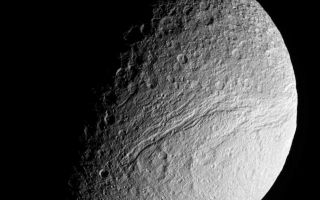
PIA09918: Canyons' End
|
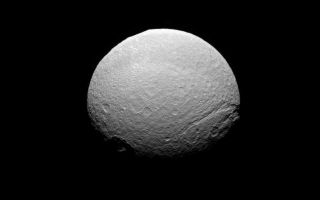
PIA10400: Broken Ice
|

PIA10401: Distant Moon
|
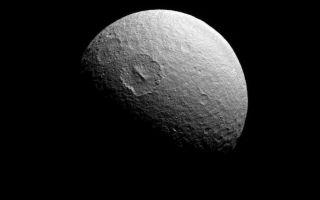
PIA10412: On the South Side
|
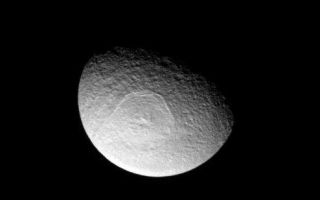
PIA10420: Odysseus the Great
|